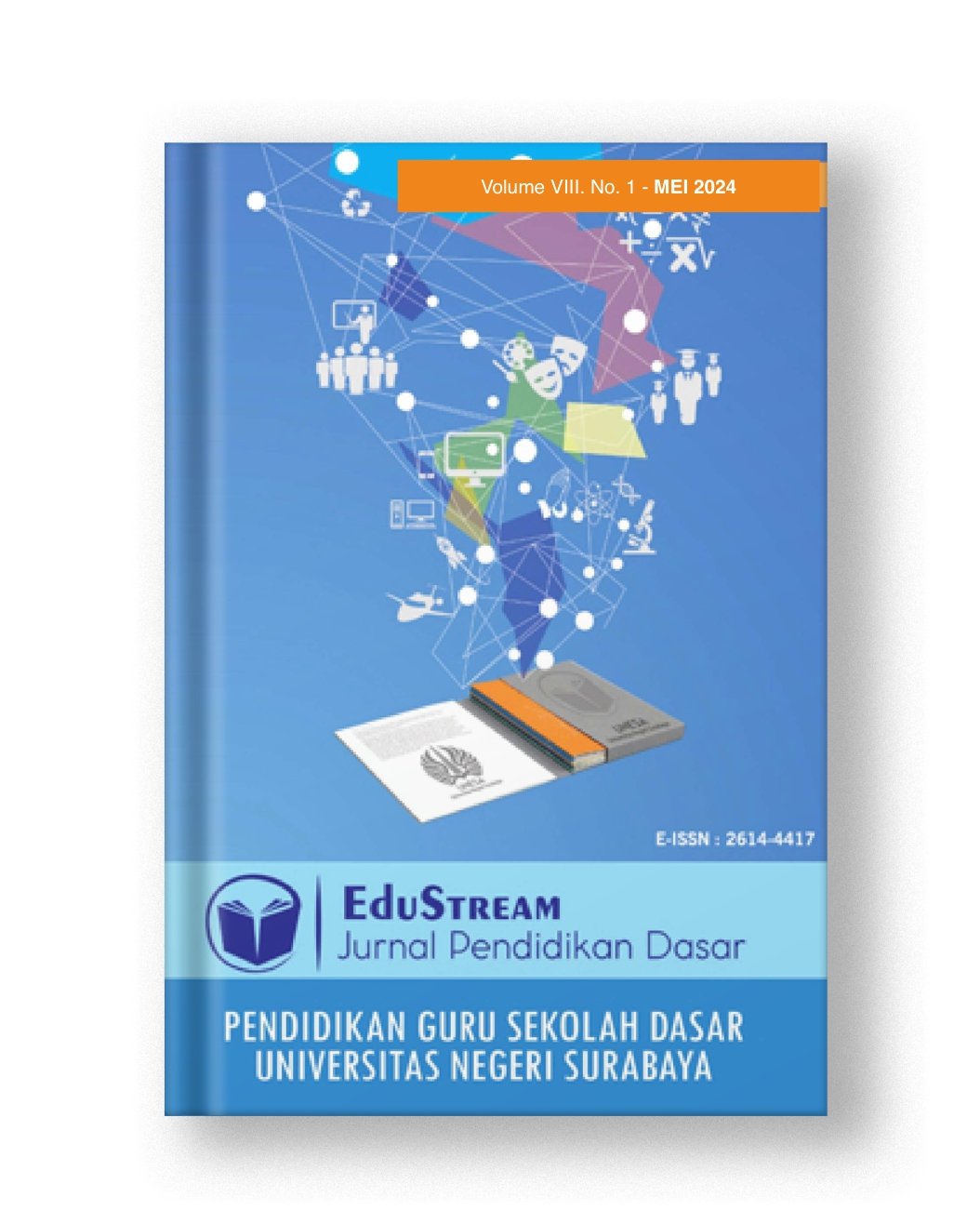PROMOTING STUDENTS’ CRITICAL THINKING AND CREATIVITY THROUGH TPACK BASED FLIPPED CLASSROOM LEARNING MODEL
DOI:
https://doi.org/10.26740/eds.v8n1.p71-82Keywords:
Critical thinking and creative thinking; TPACK; Flipped ClassroomAbstract
The advancement of time and technology necessitates adaptations in teaching methods to align with specific requirements and circumstances. The flipped classroom is a significant instructional approach that is commonly used at institutions. The objective of this study is to investigate the impact of the integration of the flipped classroom model with Technological Pedagogical Content Knowledge (TPACK) on the enhancement of critical thinking abilities and creativity among student instructors in the development of science learning materials. A sample of 250 student on preservice teacher education in state university in Indonesia, participated in a semi-experimental research study using a pretest-posttest approach. The experimental group had 125 students who were exposed to FC-TPACK, whereas the control group consisted of 125 students undergoing traditional learning. Essay prompts and task outcomes are utilized to gather data about pupils' aptitude for critical thinking and originality. The data were subjected to MANOVA to examine the impact of the learning model, and ANOVA was employed to identify variations in each aspect. The statistical analysis results, with a significance value of 0.000 < 0.05, indicate that FC-TPACK has a significant impact on students' critical thinking skills and creativity. Hence, the utilization of the FC-TPACK model is strongly advocated for learning purposes due to its capacity to enhance the critical thinking abilities and creativity of student on preservice teacher education.
Downloads
Published
How to Cite
Issue
Section
License
Authors who publish with this journal agree to the following terms :
The articles published in this journal are protected by copyright. The copyright remains with the authors of the articles, but the publishing license is held by Universitas Negeri Surabaya as the journal manager. This license, Creative Commons Attribution-ShareAlike (CC BY-SA), allows readers to copy, distribute, and adapt the work, provided that proper attribution is given to the original author and any modified work is published under the same license. This license grants the freedom to use the work both commercially and non-commercially, as long as it adheres to the terms outlined in the license.
 Abstract views: 211
,
Abstract views: 211
, PDF Downloads: 25
PDF Downloads: 25

















